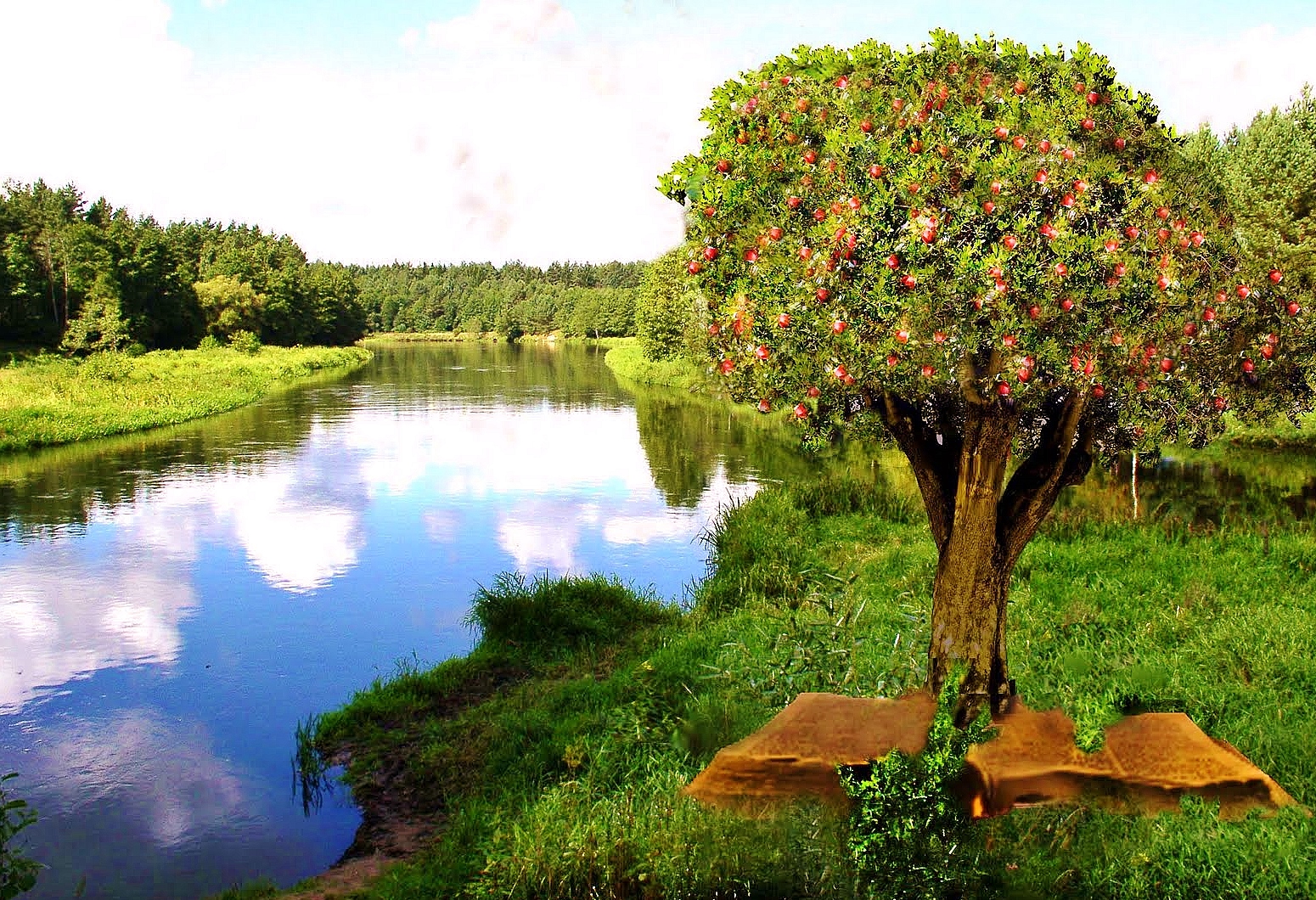Understanding a Tree Planted by Rivers of Water: Meaning and Benefits

The phrase “a tree planted by rivers of water” isn’t just a poetic flourish—it’s a snapshot of how human resilience is engineered, right down to our psychology. The image lingers in ancient texts because it captures a universal truth: what happens beneath the surface—out of sight, uncelebrated—is the true determinant of stability and growth.

What’s Really Going On Beneath the Bark (A Psychological Lens)
When you examine why this metaphor resonates, it comes down to how our brains process uncertainty and adapt over time. Research from positive psychology shows that individuals who develop “psychological roots”—consistent sources of meaning, safety, or connection—are more likely to bounce back from setbacks (see Seligman, 2011). Much like a tree drawing water through deep roots during drought, people with strong inner resources don’t depend solely on external circumstances for their well-being.
Here’s where it gets interesting: The human mind craves predictability. We’re wired to seek out routines and environments that provide reliable feedback—think about how much calmer you feel when you know what’s coming next. That’s your brain grasping for “rivers.” But here’s the twist: too much sameness breeds stagnation; too little leaves us anxious and uprooted. The ideal is dynamic nourishment—a steady flow with enough novelty to keep us engaged.

How I Learned This (And Nearly Burned Out First)
In early 2020, I was running on fumes—not unlike many people at the start of the pandemic. My social connections evaporated almost overnight. I tried replacing them by binging webinars and productivity hacks (my failed first attempt at “nourishment,” if you will). It looked productive from the outside but felt hollow—I was still wilting inside.
The turning point came after reading about Dr. Barbara Fredrickson’s “Broaden-and-Build” theory: real resilience comes from broadening your base of positive emotions and investments over time. So I scrapped my all-or-nothing approach and started focusing on micro-habits that reliably replenished me—a ten-minute walk by water each morning, a weekly check-in call with an old friend, five minutes daily journaling about what surprised me that day (not just what went well).

Within weeks, my stress levels dropped—a result confirmed by tracking HRV data on my Oura ring—and my work output improved, not because I hustled harder but because I finally felt rooted again.
Why Small Habits Are Psychologically Powerful
Habit research (see James Clear’s Atomic Habits, 2018) points to something counterintuitive: tiny repeated actions create outsized psychological safety nets. There’s neuroscience behind this—the basal ganglia in your brain automates routines so they require less conscious effort over time. This means your sources of nourishment become second nature rather than another item on your mental checklist.

But here’s where most advice falls short: simply repeating habits isn’t enough if they don’t connect you to something meaningful or energizing for you. That explains why generic self-care routines often fail; they’re someone else’s riverbed.
The “Root Audit”: A Data-Driven Exercise
If you want lasting change, skip the vague advice—run a quick personal audit instead:
- For one week, log daily emotional energy levels (use a 1–10 scale) alongside which activities/people/environments preceded them.
- After seven days, sort your data: Which patterns actually restore you? Which ones drain?
- Ask yourself: Are there neglected “rivers” that used to nourish you? Are there new ones worth testing?
For me, I discovered that even short interactions with creative peers had twice the positive impact on my mood as solo reading did—even though both were technically restful activities.

Case Study Contrasts
Take two clients I worked with last year:
- Alex: Thought joining every virtual networking event would beat isolation—but ended up more exhausted and disconnected than before.
- Priya: Limited herself to one meaningful conversation per week with a mentor she admired; she reported feeling supported even during difficult months.
The difference? Alex scattered his roots across shallow puddles; Priya focused hers into one deep river.
Overcoming Psychological Barriers (“But What If My Rivers Run Dry?”)
Cognitive psychology teaches that periods of emotional drought are inevitable—the key is not panicking when old habits stop working. Instead:
- Normalize adaptation cycles (“Of course some roots need redirecting—it means you’re growing”).
- Use reframing questions: Instead of “Why am I failing?” ask “Where else could nourishment come from?”
- Experiment intentionally—try one new habit per week rather than overhauling everything at once.
If anxiety or guilt blocks experimentation (“Shouldn’t I be content already?”), remind yourself that trees naturally extend their roots toward new water sources as conditions change—that drive is built-in survival intelligence, not failure.
Concrete Next Steps for Psychological Rooting
- Identify two current sources of energy/support—quantify their effect using simple tracking tools like Moodnotes or Daylio.
- Schedule one small recurring action tied to each source (e.g., set a calendar invite for a 15-minute midday walk every Thursday).
- After two weeks, review changes in mood/stress/energy compared to baseline—noticing even subtle improvements builds momentum.
- If nothing shifts after honest effort, consult an external perspective—a therapist or trusted advisor can help identify hidden rivers in your environment or mindset.
- Celebrate minor wins publicly or privately; dopamine spikes reinforce root-deepening behaviors neurologically.
Final Thought
Resilience isn’t reserved for those who’ve mastered life—it belongs to anyone willing to plant themselves near genuine sources of psychological nourishment and revisit them regularly as seasons shift.
That ancient metaphor contains a modern blueprint backed by behavioral science: invest in invisible infrastructure today so tomorrow’s storms don’t catch you unprepared—or unrooted.



